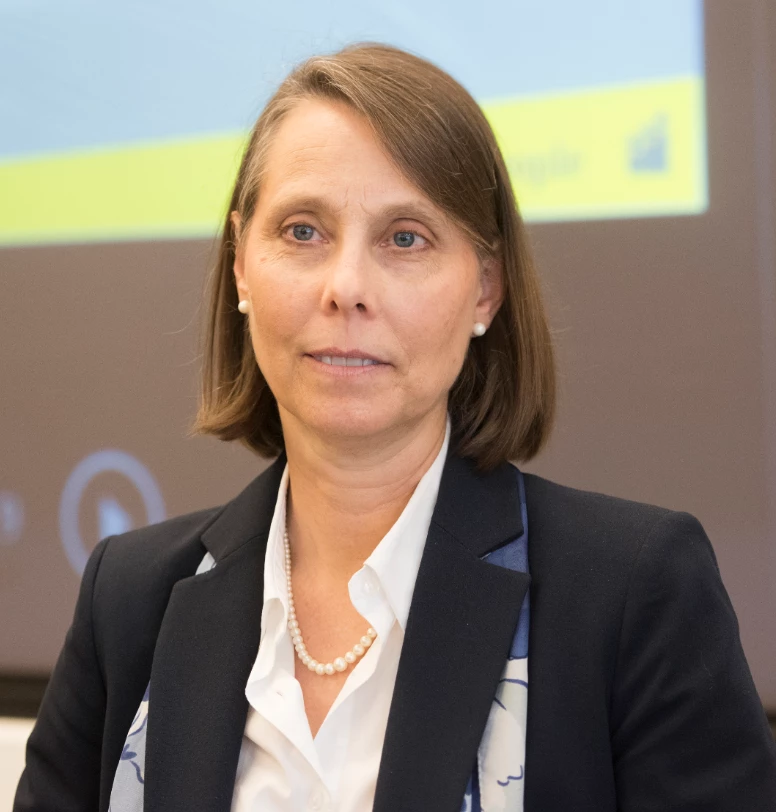 school
school
Pakistan recently experienced one of the worst floods in the country’s history. Heavy monsoon rains, about 6 times the average of the last thirty years, have affected more than 33 million people. Around one-third of the country’s land mass is under water. We hope that this crisis is an international wake-up call, making clear that school systems urgently need to be made more climate resilient.
Schools are heavily affected by the floods, as are other basic services. The ‘Government High School Ahmadani’, pictured above, lies almost in ruins. The school in Pakistan’s Dera Ghazi Khan district has served generations of students since 1916. The headmaster explains that it is no longer possible to conduct classes in the school building. The “unavailability of electricity and drinking water has made the school building dysfunctional. Also, without a boundary wall, the school is a security threat” [for our students], he added.
Initial assessments indicate that across Pakistan, more than 24,000 schools have been damaged or destroyed . An estimated 3.5 million children have had their schooling disrupted. Gohar Abbas, an education activist, says that many schools have been transferred to emergency shelters where families have temporary accommodation. In Balochistan, the majority of schools are being used as emergency shelters. In Sindh, the hardest hit province, floods have damaged 39 percent of all primary and secondary schools.
While analytical work on the impact of the floods is ongoing, we already know that this devastation compounds Pakistan’s learning crisis. Prior to COVID and the floods, three in four Pakistani children were in “Learning Poverty”, which means that they do not know how to read or understand simple text by age 10. Children can be in “Learning Poverty” either due to being out of school (which we call “schooling deprivation”) or their inability to read at a minimum proficiency level by a certain age (which we call “learning deprivation”).
Initial calculations based on documented flood damage to schools suggest that learning losses from the floods could exceed those due to COVID if not carefully remediated. In some parts of the country, the scale of flood-induced damage to school infrastructure is so severe that Learning Poverty may rise by 5 percentage points from schooling deprivation alone. To put this number in perspective, earlier simulations suggested that COVID-19 school closures could raise Learning Poverty in Pakistan from its pre-pandemic baseline of 75 percent to 79 percent of all children in Pakistan, at a cost of between US$67 billion and US$155 billion in Pakistan’s GDP at Net Present Value (2017 PPP).
Whether or not such an increase in learning poverty occurs will depend on how rapid and effective policy responses are. Earlier crises in Pakistan led to severe and long-lasting impacts on learning. The 2005 earthquake substantially reduced children’s learning outcomes four years later despite significant financial compensation for families. School closures during the pandemic have led to large drops in enrolment, especially among poorer households, as well as reduced learning levels, despite the fast mobilization of distance learning programs.
Even before the floods struck, there was a great deal of work to be done in improving school quality and children’s readiness for school. Pakistan scored second to last on the 2019 TIMSS assessments, which measured science and mathematics outcomes in 64 countries. Data collected in early 2022 from South Punjab indicate that only 51 percent of three to five-year-olds were able to demonstrate age-appropriate skills. Across 900 schools, in only 11 percent of pre-primary classrooms were teachers demonstrating skills associated with adequate levels of instructional quality. In parts of the province that have been hit by floods this number was one percent or two out of 199 classrooms.
Rebuilding Pakistan’s education system will require coordinated effort, resources and the smart sequencing of interventions . Pakistan has launched a massive relief effort to alleviate the devastating health and economic impacts of the floods. Households have begun receiving temporary shelter, cash transfers and health assistance. Children have begun receiving emergency schooling in temporary settlements to ensure continuity in learning. But these efforts will require support at scale, including substantial financing. After the 2010 floods, the cost to the education sector alone was estimated at about US$ 311.3 million. The current crisis will be substantially more expensive, given that more than twice as many school buildings are affected, costs of construction have increased and access to many locations is also impaired. The Government of Pakistan and the World Bank are freeing up existing and new funding to build back this infrastructure with better climate resilience.
In parallel, interventions to recover and accelerate learning through strategies rooted in evidence are needed to save the human capital of an entire generation. In countries such as Kenya, such acceleration strategies include extensive support to teachers to improve the efficiency of instruction. Households and children can be supported through nudges and cash transfers during school closures to continue learning and to ensure that children return to schools once they reopen.
Access to schools is also restricted by issues that cannot be resolved by schooling departments alone. Cross-departmental coordination will help fix inundated roads, damaged homes, clean up WASH access and provide children’s emergency medical needs. Gohar Abbas, the education activist, says that he witnessed a sharp increase in absenteeism due to migration and diseases. Pakistan, which has had its share of crises already, needs the international community’s full support. The future of millions of children depends on it.



Join the Conversation